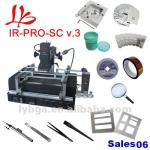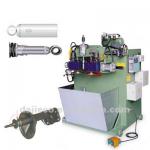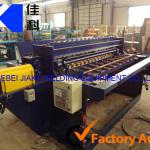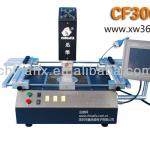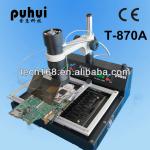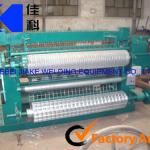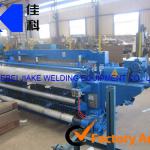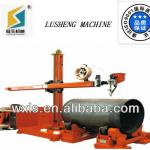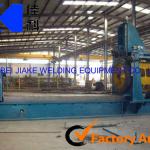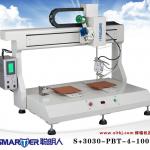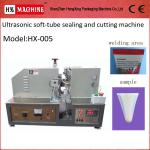high frequency plastic welding machine
| Type:Other | Place of Origin:Jiangsu China (Mainland) | Brand Name:RIJIN MACHINE | Model Number:RJ-15000FB |
| Voltage:380VAC 3P | Dimensions:2000x1500x1000mm | Weight:800kgs | Usage:plastic welding |
| Certification:CE | After-sales Service Provided:Engineers available to service machinery overseas |
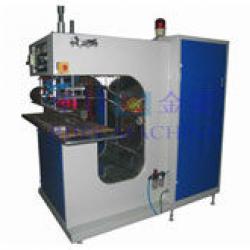
high frequency plastic welding machine
what is high frequency welding ?
High frequency (HF) welding method (otherwise known as radio frequency <RF> ) is usually often applied whenever PVC and PU products have to be welded. Common products manufactured with HF welding method are tarpaulins, tents, ceilings, advertising outdoor banners, waterbeds, inflatable boats, drip and blood bags, tensile structures, conveyor belts, rain clothing, etc.
Principle and advantages
The main principle of high frequency welding is based on dielectric heating of the material to be welded. The sheets of material are put between two metal plates (the electrodes), whereupon a high frequency voltage is connected to the plates. As a result, the molecules in the material start vibrating, which results in heating up to the melting (fusing) temperature. By bringing two layers of material into the HF field at the same time and pressing them together, the layers melt together (fuse) and form a strong welded joint.
The great advantage of HF welding is the speed of welding: the material is heated from the inside and fuses quickly, within few seconds.
In comparison with high frequency, in all other kinds of welding methods (with filaments, hot air or infrared radiation) the heat has to be added from the outside. It means the heat must first penetrate the material in order to make it plastic enough to form a weld. The main risk of this kind of treatment is burning the top layer of welded material.
In a high frequency field some materials generate more heat than others, and are therefore more suitable for HF welding. This has to do with the extent to which the molecules of the material allow themselves to vibrate as a result of the HF field. This is known as the loss factor of the material. The greater the loss factor of the material, the easier it is to weld the material using high frequency equipment. Particularly easy to weld are thermoplastics, such as PVC and PU; these materials are specifically welded using high-frequency welding machines. PE and other hard plastics are much more difficult to weld with HF method.
Specifications:
|
Application examples:


| Packaging Detail:standard wooden case packaging |
| Delivery Detail:one month |



